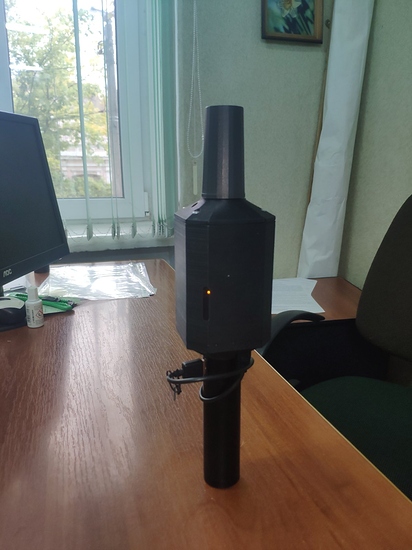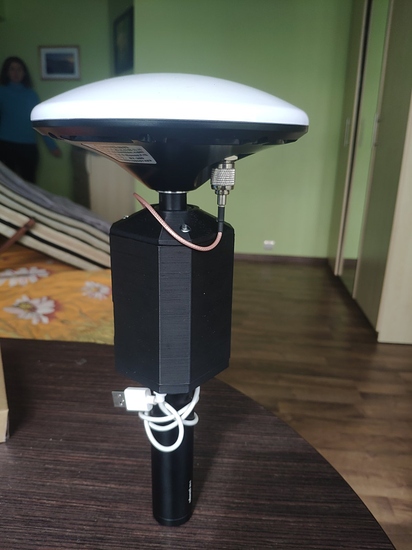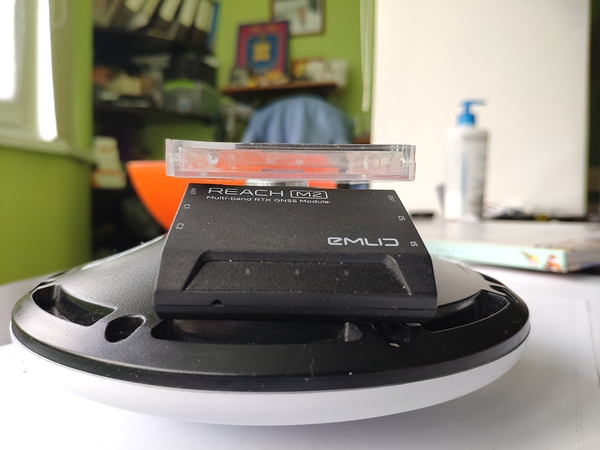Good work, i don’T UNDERSTAND how you integrate 5/8" adater for pole in your box.
I print this adapter, but it is from plastic, metal wil be better.
---- my concept - one box and 2 types of antenna
i will work to make box like emlid rs2, maybe with lora radio.






